1. Intro: Why Tile Maps Matter
If you’re building a 2D RPG or MMORPG, sooner or later you’ll run into the concept of tile maps.
Think of them as LEGO pieces: small, reusable chunks (tiles) that you snap together to form entire worlds.
Without tile maps, drawing every forest, village, and dungeon would take forever. With them, we can create an explorable world much faster.
2. Our Tile Map Workflow
Step 1 – Preparing the Tileset
First, we will create an overall concept for the area. It will include the main elements that will appear frequently in the tilemap such as ground, road, grass, water, trees,...
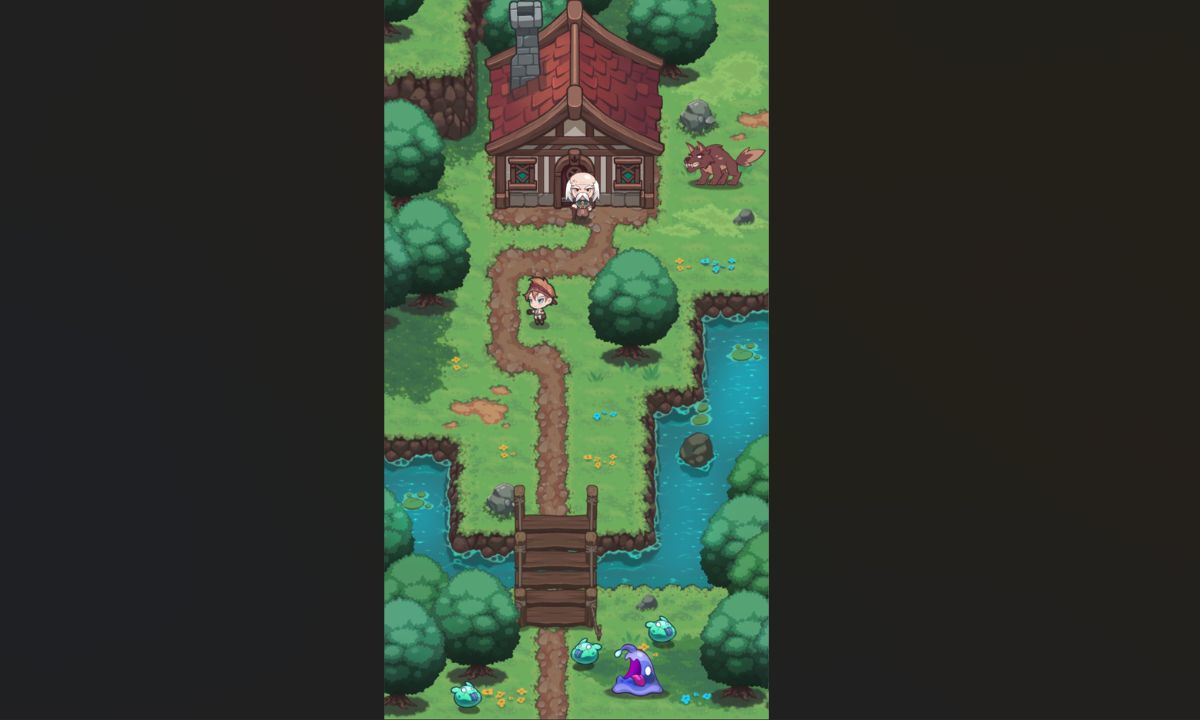
We start with a tileset: a sheet of graphics where each tile (32x32, 64x64, in our case 128x128) represents a piece of terrain, grass, water, cliff, road,..
Tools: Photoshop, Clip Studio
Key point: keep tile size consistent.
And here is the result after splitting into tileset
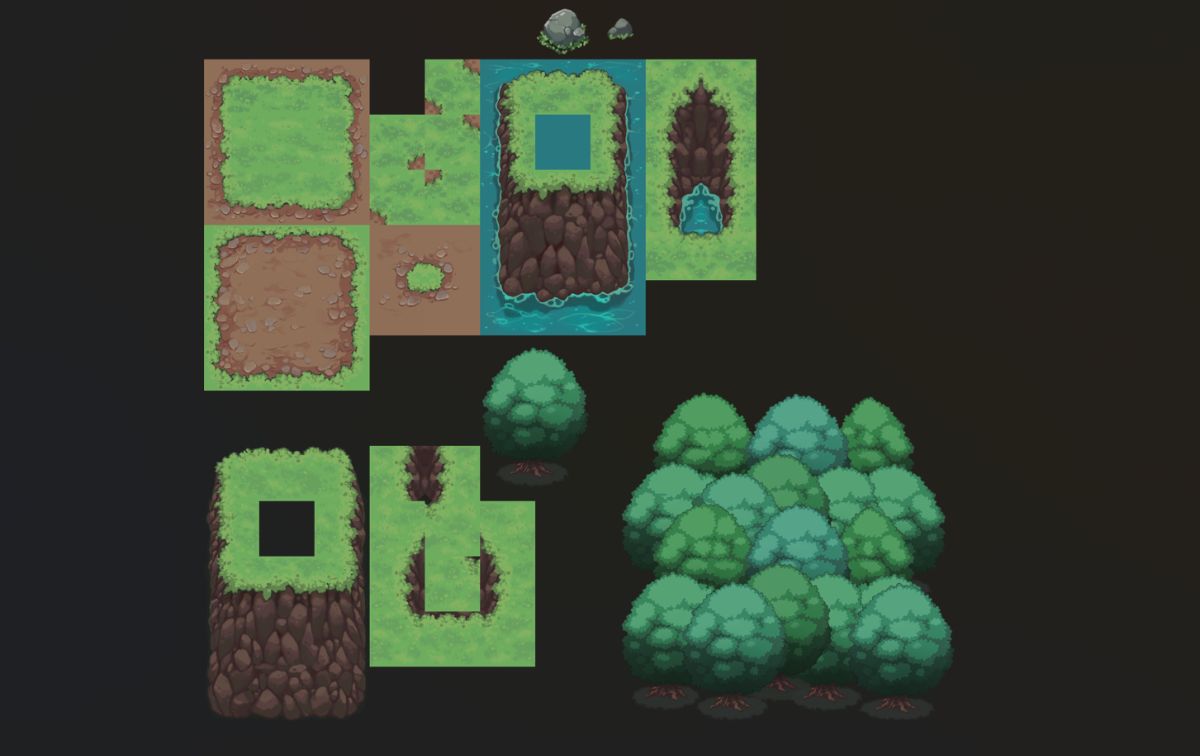
Step 2 – Importing into Unity
Next step, import the above tile set into unity, use unity's sprite editor and slice it into single sprites.
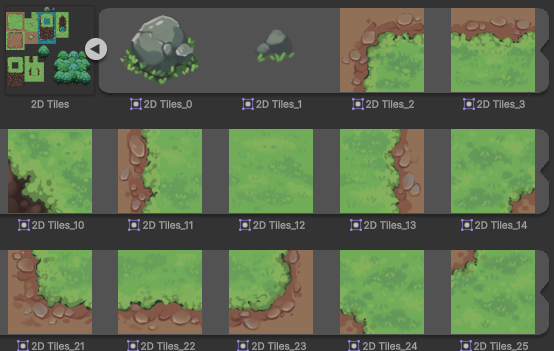
Then add it to Unity’s Tile Palette (drag and drop), which works like a painter’s brush.
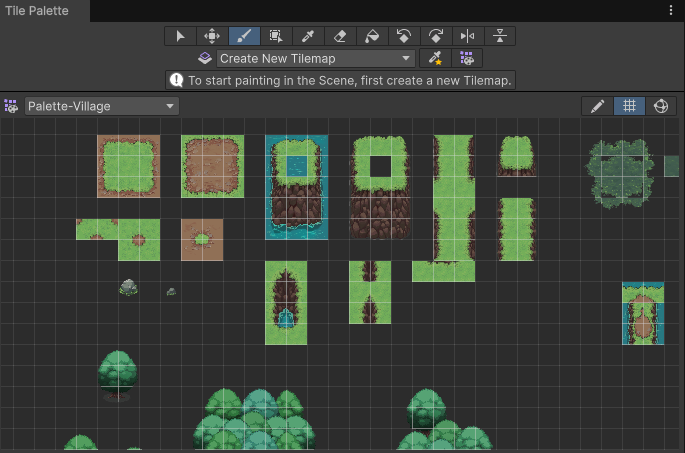
So we are ready for the next important step, the paint tiles step.
Step 3 – Building the Base Map
Lay down the terrain layer first (grass, sand, water).
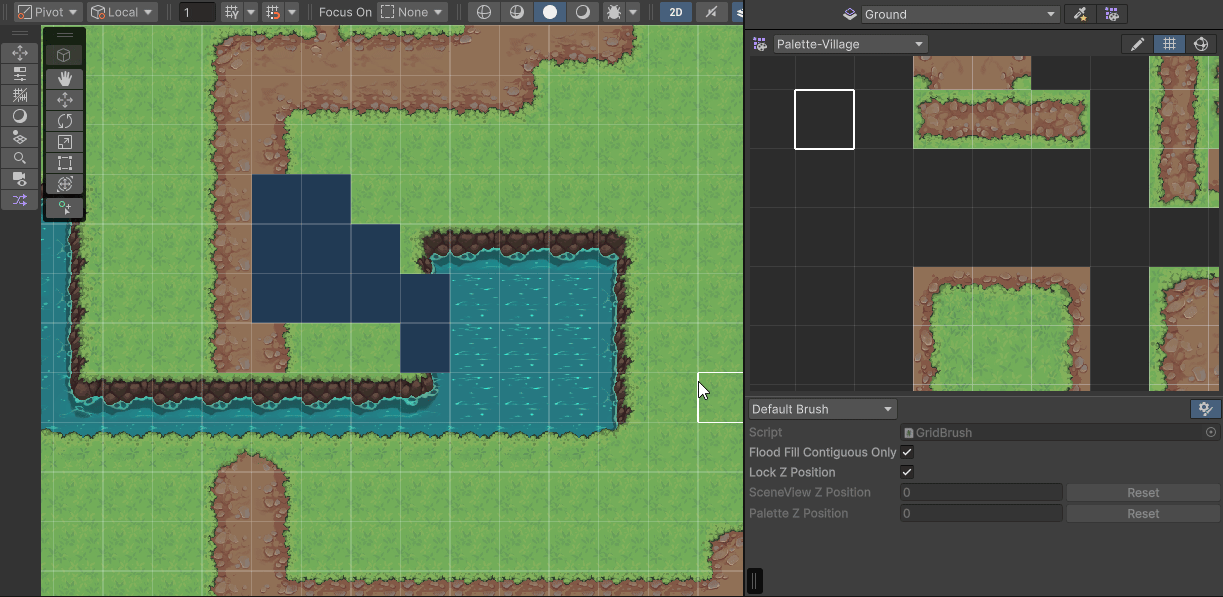
Add secondary detail layers (cliff, fences, small plant, trees).
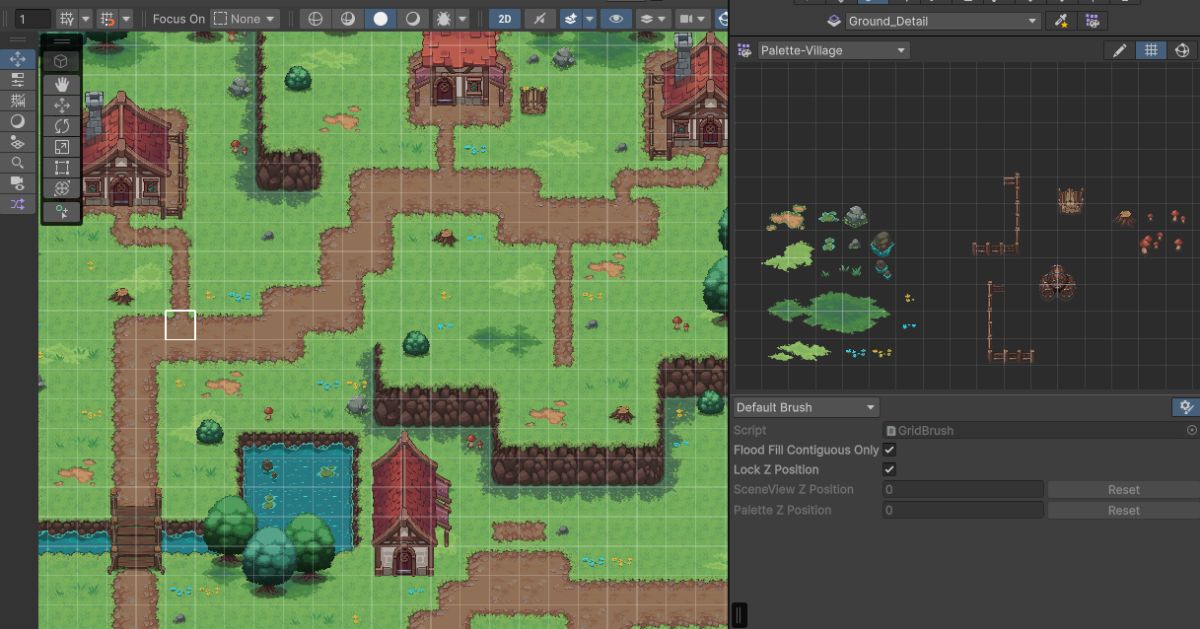
Finally, set up a collision layer so players don’t walk through walls.
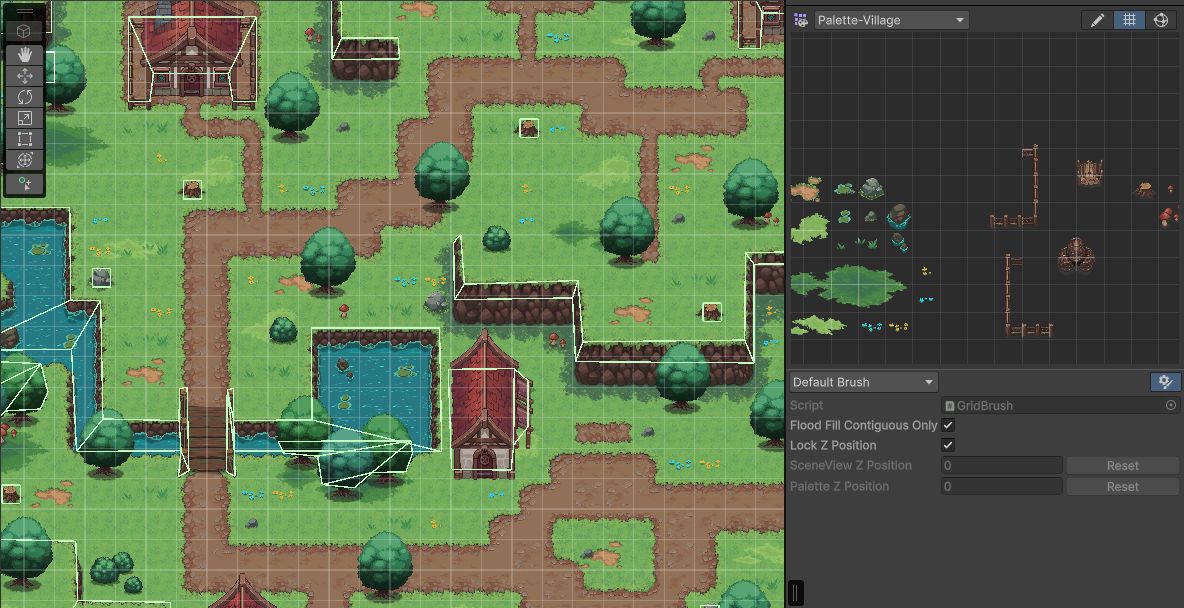
And here is the result:
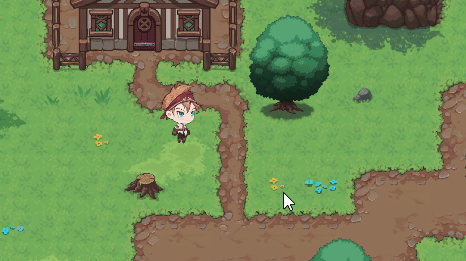
3. Tips & Lessons Learned
Some experiences we learned after making tile maps
Create modular tiles that can be reused in many maps
Set color and style standards from the beginning, adhere to them to avoid problems later.
Don't use too many layers if not really necessary, focus on the main details.
At the stage of creating tilesets, precision is required, the export and import steps need to pay attention to the settings to create consistency, avoid errors when importing into Unity
4. Why This Matters for an MMORPG
For us, who are working on an indie MMORPG, tiled maps are the best choice:
They keep performance consistent, even on large maps.
They allow us to scale and experiment with different maps, which is great for level design
They give us a structured way to build consistent environments.
5. Conclusion
That’s an overview of how we build tile maps for our 2D MMORPG.
Now I’d love to hear your thoughts:
Do you prefer a large open world or multiple smaller, connected maps in an MMO?
What engine do you use to create tile maps (Tiled, Unity, Godot…)?
Are there any tips or pitfalls we should be aware of when it comes to expanding the world?
Leave your feedback, and maybe it will help us move our MMORPG development along faster.
Thanks for following along.
![[Environment] - How We Build Tile Maps for Our 2D MMORPG](/_next/image?url=https%3A%2F%2Ffoxgamelab-web.sgp1.digitaloceanspaces.com%2Fblog-images%2Fblog-image-1758094133073-k1xo6r.png&w=3840&q=75)
![[Game story] – My First MMORPG’s Lore Snapshot](/_next/image?url=https%3A%2F%2Ffoxgamelab-web.sgp1.digitaloceanspaces.com%2Fblog-images%2Fblog-image-1756950952021-spfuf7.png&w=3840&q=75)